Deck & Commander Strategies
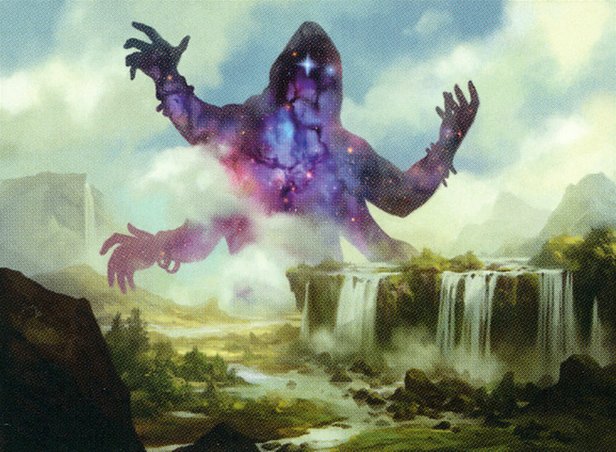
Kruphix, God of Horizons
Focuses on mana ramp and card advantage using mana-doubling effects and Seedborn Muse to untap lands and creatures, enabling repeated value and big spells.
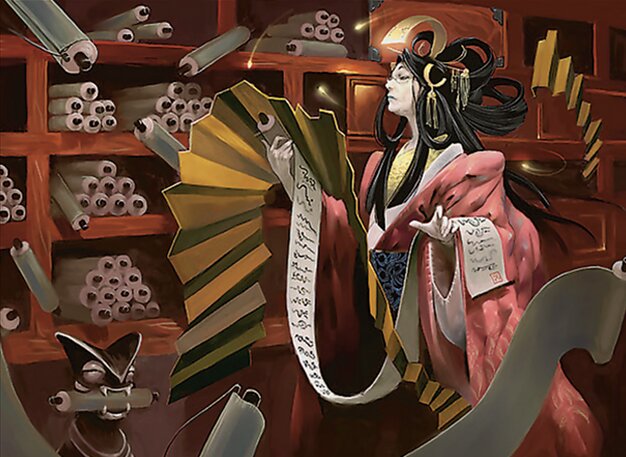
Azami, Lady of Scrolls
Wizard tribal deck that generates card advantage by tapping wizards to draw cards, while controlling the board with counterspells and efficient creatures.
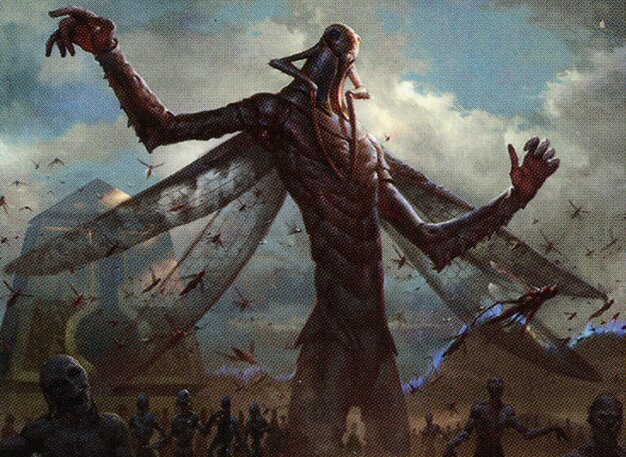
The Locust God
Generates value through flying insect tokens and card draw from dealing damage, leveraging repeated spells and creatures to overwhelm opponents.
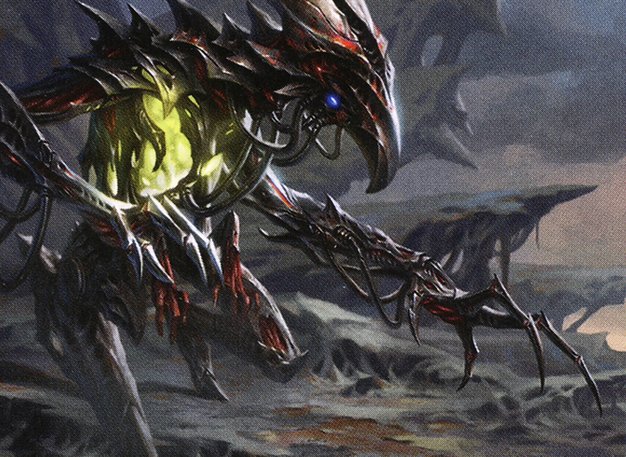
Brudiclad, Telchor Engineer
Token and artifact synergy deck that creates and transforms tokens with spells like Divergent Transformations and uses planeswalkers to generate incremental advantage.
Gameplay Insights
- 1
Trevor used Dust Bowl repeatedly to destroy opponents’ lands, effectively slowing their mana development and gaining tempo.
- 2
Mike cast Divergent Transformations on his tokens without facing counterspells, greatly increasing his board presence and pressure.
- 3
Matt’s Azami deck leveraged wizard synergy to draw multiple cards each turn and used counterspells to protect key plays, maintaining control.
- 4
Ryan’s Locust God deck applied steady pressure with God-Eternal Kefnet, drawing cards on damage but struggled to find enough spells to fully exploit Kefnet’s ability.
- 5
Trevor utilized flash spells from Alchemist's Refuge to cast spells at instant speed, allowing for surprise plays and better combat tricks.
- 6
The interaction between Consecrated Sphinx and multiple wizards tapping to draw cards created a significant card advantage engine for Trevor and Matt.
Notable Cards
-

Seedborn Muse
-

Consecrated Sphinx
-
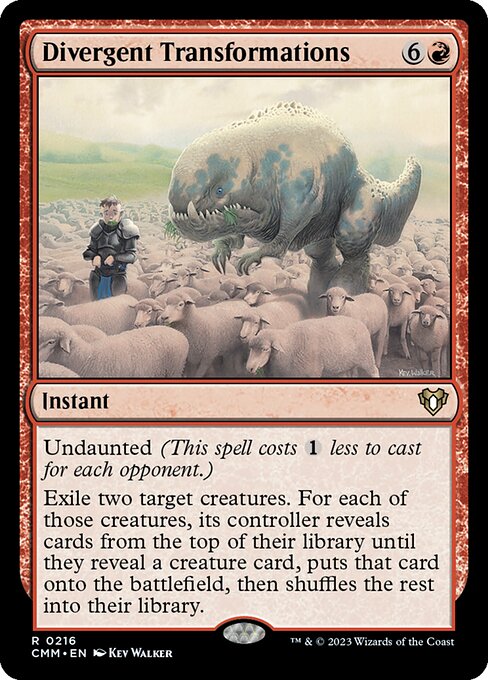
Divergent Transformations
-
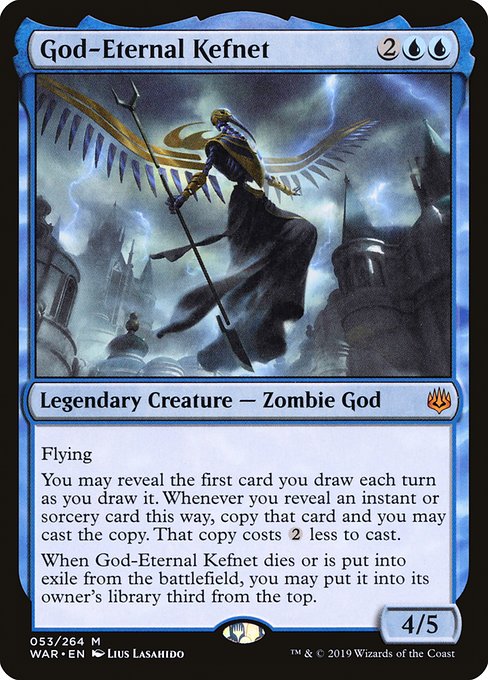
God-Eternal Kefnet
-
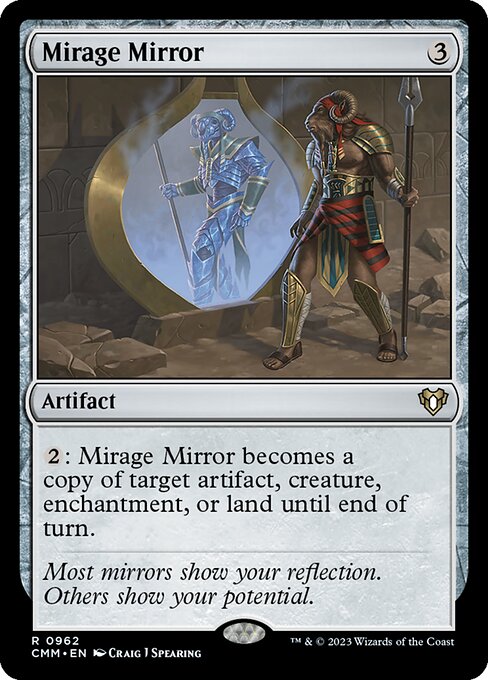
Mirage Mirror
-
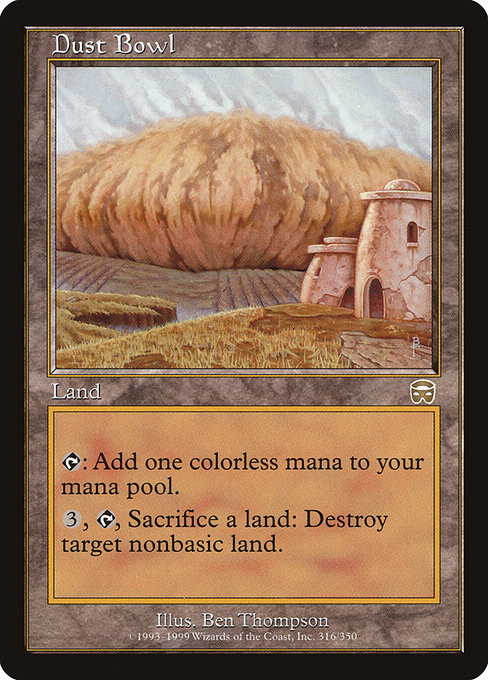
Dust Bowl
-
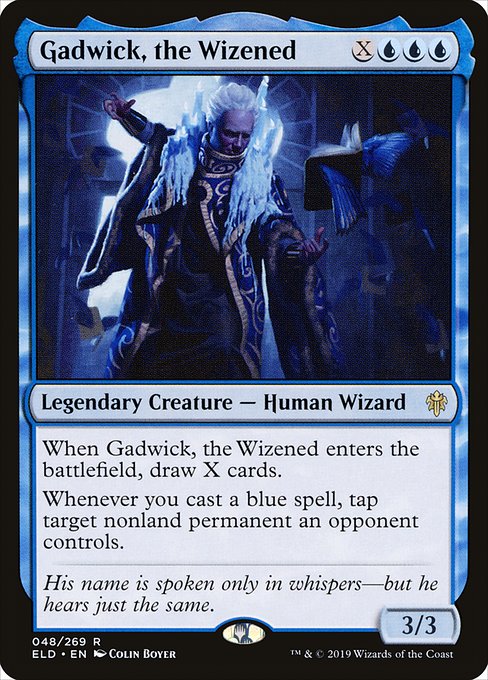
Gadwick, the Wizened
-
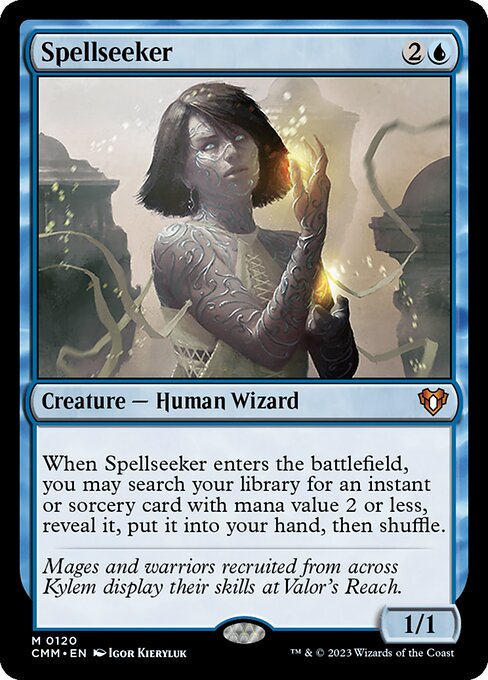
Spellseeker
-

Mana Drain
Gameplay Summary
The game featured a competitive four-player Commander match with Kruphix, Azami, The Locust God, and Brudiclad at the helm.
Early turns focused on developing mana bases and setting up key enchantments and creatures.
Trevor, piloting Kruphix, established a strong board presence with multiple mana acceleration sources like Ancient Tomb and Dust Bowl, alongside card draw engines including Seedborn Muse and Consecrated Sphinx.
Mike on Brudiclad utilized token generation and artifact synergies, especially through Tesseret and Divergent Transformations, to build a threatening board.
Ryan’s Locust God deck aimed to generate value through flying creatures and repeated draw effects, while Matt’s Azami deck leveraged wizard tribal synergies and spell control to maintain card advantage and disruption. Key turning points included Trevor repeatedly using Dust Bowl to destroy opponent lands, hampering their mana development, and casting impactful creatures like Consecrated Sphinx and Mirrodin's Mirror to maintain card advantage.
Mike's successful casting of Divergent Transformations on his tokens without being countered allowed him to generate multiple powerful creatures, threatening the board state.
Matt’s wizard tribal deck consistently drew cards with spells like Gadwick and utilized counterspells to protect his board.
Ryan’s repeated attacks with God-Eternal Kefnet drew cards and pressured opponents, though he struggled to find spells to maximize Kefnet's ability.
The interaction between flash spells, counterspells, and creature tokens created dynamic board states, with players carefully timing plays to maximize value and disrupt opponents.
The game revolved around incremental advantage through card draw, board presence, and resource denial, with each deck pursuing its unique synergy to gain the upper hand.













































